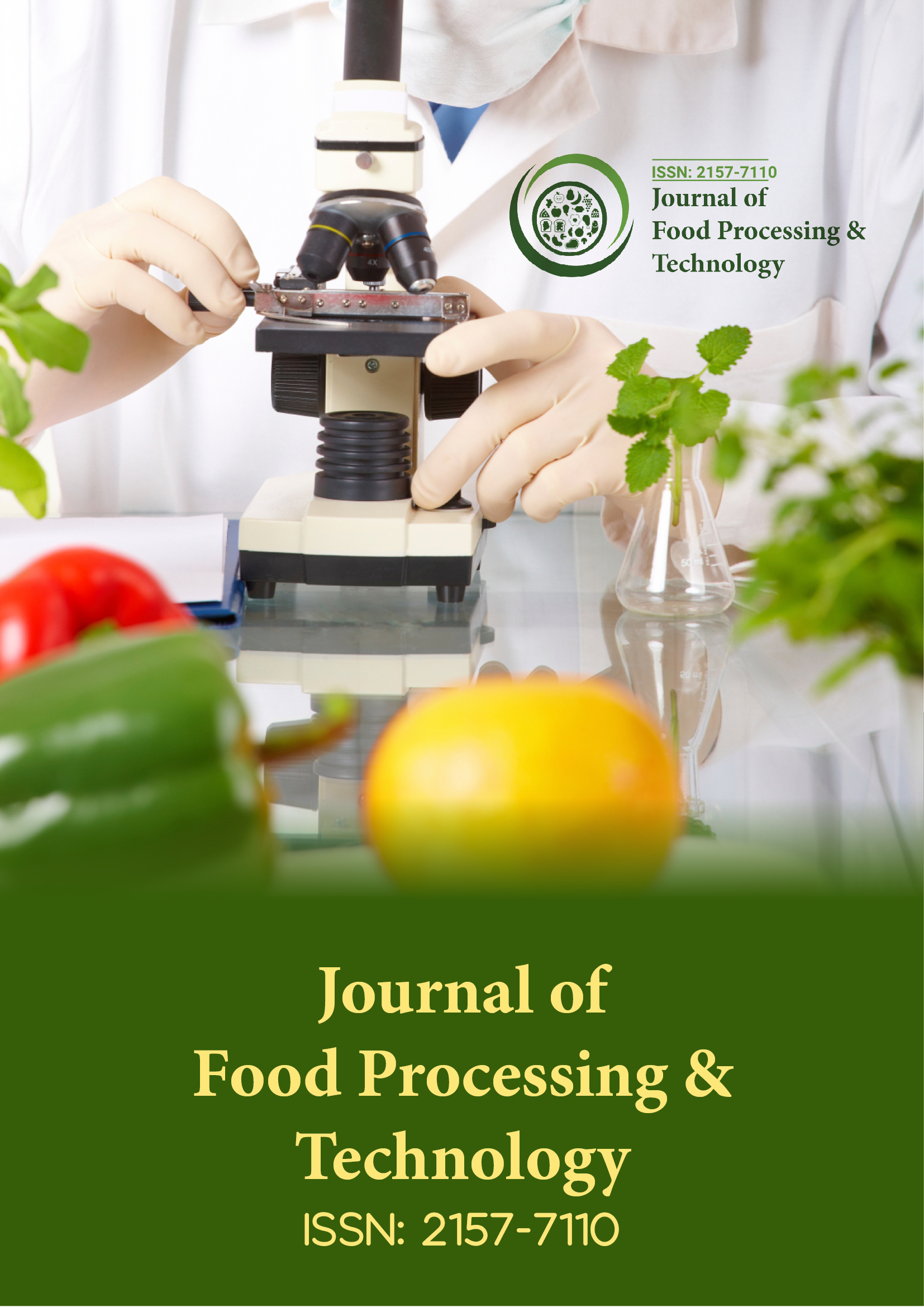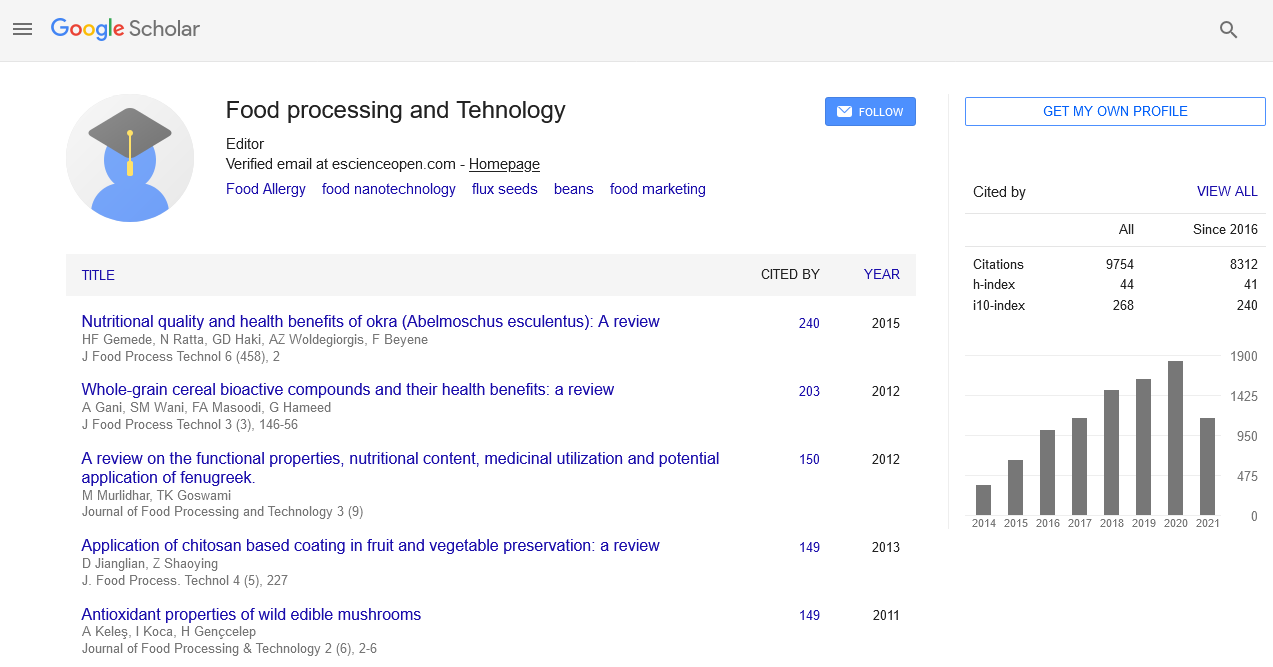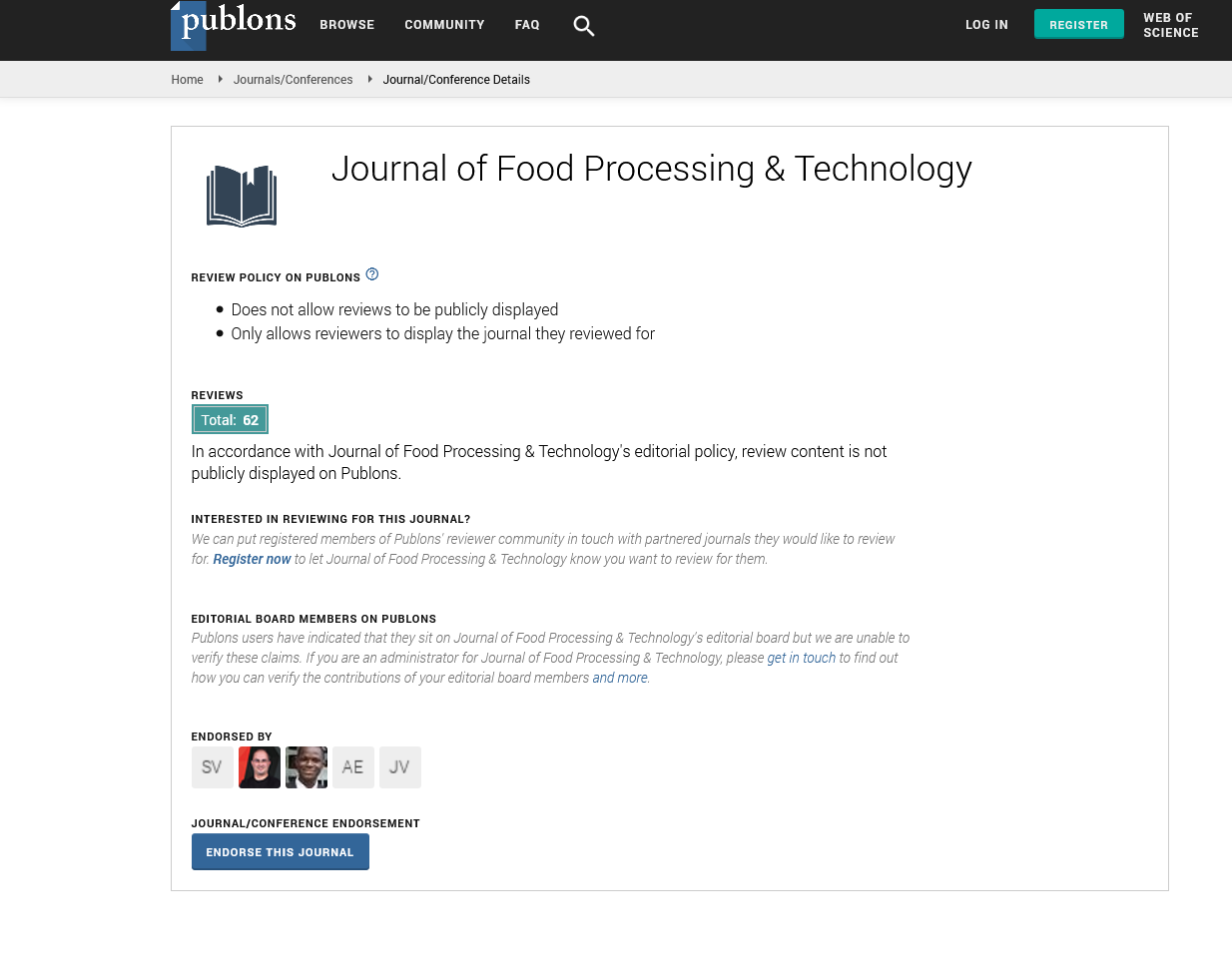Indexed In
- Genamics JournalSeek
- Academic Keys
- JournalTOCs
- China National Knowledge Infrastructure (CNKI)
- Access to Global Online Research in Agriculture (AGORA)
- Centre for Agriculture and Biosciences International (CABI)
- RefSeek
- Directory of Research Journal Indexing (DRJI)
- Hamdard University
- EBSCO A-Z
- OCLC- WorldCat
- Scholarsteer
- SWB online catalog
- Publons
- Euro Pub
- Google Scholar
Useful Links
Share This Page
Journal Flyer

Open Access Journals
- Agri and Aquaculture
- Biochemistry
- Bioinformatics & Systems Biology
- Business & Management
- Chemistry
- Clinical Sciences
- Engineering
- Food & Nutrition
- General Science
- Genetics & Molecular Biology
- Immunology & Microbiology
- Medical Sciences
- Neuroscience & Psychology
- Nursing & Health Care
- Pharmaceutical Sciences
Abstract
Predictive Model for Growth of Clostridium perfringens during Cooling of Cooked Beef Supplemented with NaCl, Sodium Nitrite and Sodium Pyrophosphate
Vijay K Juneja, Harry Marks, Tim Mohr and Harshavardhan H Thippareddi
This paper presents a model for predicting relative growth of Clostridium perfringens in ground beef products at different percentages of salt (0 to 3%), sodium pyrophosphate (0 to 0.3%), and nitrite (0 and 200 ppm). The results of the experiments indicates that salt was the primary variable affecting the amount of growth, and that growth in general, was significantly affected by the presence of nitrite. The inclusion of SPP did not significantly improve the model’s fit with observed results. The primary growth model, derived from growth experiments at constants temperatures, is based on a common form of Baranyi’s growth curves and the secondary model is based on cardinal temperatures, relating maximum specific growth rates as a function of temperature. When product is heated and then cooled, the model predicts an initial decline in the number of cells. The model’s predictions compared well with results obtained from dynamic temperatures experiments, for salt concentrations up to 1.5% and nitrite, to 200 ppm, when samples were initially heated and then cooled. The model can be used by processors to evaluate the risk of C. perfringens spore germination and outgrowth during cooling (stabilization) deviations or in custom cooling schedules in case the processors cannot follow the USDA FSIS Compliance Guidelines (Appendix A) for Cooling of Heat-Treated Meat and Poultry Products (Stabilization).


